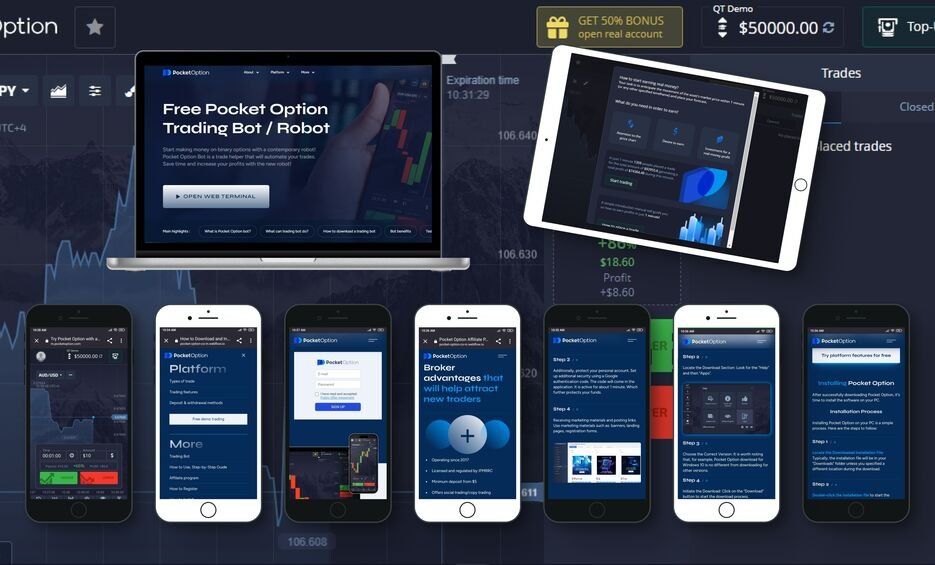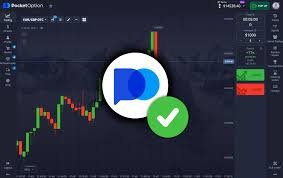
Trading Strategy with Envelope
The Envelope is a technical analysis tool that involves plotting two parallel lines above and below a central moving average. This method provides traders with a visual representation of market trends and enables them to identify overbought or oversold conditions. The Trading Strategy with Envelope торговая стратегия с Envelope is particularly popular among traders due to its simplicity and effectiveness in various market conditions. In this article, we will explore how to effectively use this strategy in your trading routine.
Understanding Envelopes
Envelopes are constructed by taking a moving average of the price and applying a fixed percentage above and below this average. For instance, if a trader uses a 20-day simple moving average (SMA) and chooses a 2% envelope, the upper line will be calculated as:
Upper Envelope = SMA(20) + (2% of SMA(20))
and the lower line will be:
Lower Envelope = SMA(20) – (2% of SMA(20))
These lines act as dynamic support and resistance levels, helping traders visualize price action and make informed decisions.
How to Use the Envelope Strategy
The effectiveness of the Envelope strategy lies in its ability to generate signals based on price movements around the moving average. Here are some tips on how to effectively use this trading strategy:
1. Identifying Trends
Envelopes can help traders identify whether the market is trending or ranging. When the price consistently touches or surpasses the upper envelope, the market may be in an uptrend. Conversely, if the price regularly reaches or falls below the lower envelope, a downtrend may be in play.
2. Generating Buy and Sell Signals
One of the core principles of this strategy is to look for buy and sell signals based on price action relative to the envelope lines:
- Buy Signal: A buy signal can be generated when the price touches or crosses below the lower envelope line, indicating that the asset may be oversold. Traders should confirm this signal with other indicators or chart patterns.
- Sell Signal: A sell signal occurs when the price touches or crosses above the upper envelope line, suggesting that the asset may be overbought. Similar to buy signals, confirmation from other indicators is recommended before executing a sell order.

3. Combining with Other Indicators
While the Envelope strategy can be effective on its own, combining it with other technical indicators can increase its reliability. Popular choices include the Relative Strength Index (RSI), Moving Average Convergence Divergence (MACD), and Stochastic Oscillator:
- RSI: When the price is near the upper envelope and RSI indicates overbought conditions (above 70), it could strengthen the case for a sell signal.
- MACD: If the price is near the upper envelope and MACD shows a bearish crossover, this can serve as a confirmation to sell.
- Stochastic Oscillator: A price touch on the upper envelope with stochastic readings exceeding 80 may provide additional selling confirmation.
Setting Up Your Trading Environment
To implement the Envelope trading strategy, traders must ensure their trading environment is set up effectively:
1. Choose the Right Timeframe
Envelopes are versatile and can be applied to various timeframes, from minute charts to daily charts. For day trading, a 15-minute or 30-minute timeframe often works best, while for longer-term trades, consider using daily or weekly charts.
2. Select the Appropriate Moving Average
The choice of moving average is crucial. Common options include the Simple Moving Average (SMA) or Exponential Moving Average (EMA). The SMA is useful for smoothing out price data, while the EMA reacts more quickly to recent price changes.
3. Adjust Envelope Parameters
The percentage used for the envelopes can significantly affect the strategy’s performance. A lower percentage (e.g., 1%) results in tighter envelopes, which can create more frequent trading signals. Conversely, a higher percentage (e.g., 3%) will yield wider envelopes, reducing trade frequency but potentially increasing the strength of signals.
Risk Management
No trading strategy is complete without a solid risk management plan. Here are some key points to keep in mind:
- Set Stop-Loss Orders: Always use a stop-loss order to limit potential losses. Place the stop-loss order outside the envelope lines to allow for market volatility.
- Define Your Risk/Reward Ratio: Aim for a risk/reward ratio of at least 1:2 to ensure that potential gains outweigh risks.
- Position Sizing: Determine the size of your trading position based on your overall risk tolerance and account size.
Conclusion
The Trading Strategy with Envelope offers traders a structured approach to market analysis and decision-making. By defining price boundaries and providing clear signals, envelopes aid in identifying entry and exit points. When combined with other indicators and sound risk management practices, this strategy can be a valuable addition to any trader’s toolkit. As always, practice on a demo account before committing real funds to ensure you understand how to effectively implement this strategy in different market conditions.
